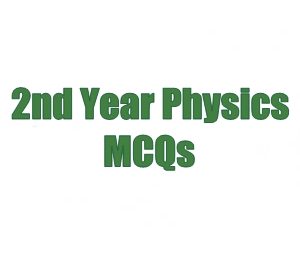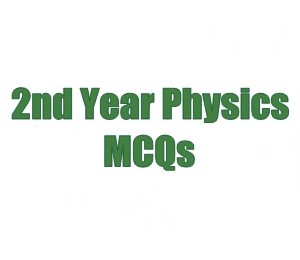To get 1st Year Physics Chapter 4 MCQs with Answers Work and Energy, you have landed in the right place. In Physics, Work is done when a body is displaced from one place to another by a force. So, there is the concept of Work done by a constant force, by a variable force, and by gravitational force. Power is the rate at which work is done. Next, we have energy where we have Kinetic and Potential Energies. The next concept is the Interconversion of Potential and Kinetic Energies. Energy can’t be destroyed but it can be transformed from one form to another. This is the Law of Conservation of Energy. Some energy sources will be used in the future like energy from tides, energy from waves, Solar Energy, Energy from biomass, waste products, and geothermal energy. These are very useful to produce energy at very cheap rates. So, this is a brief introduction to this chapter. Now check out the quiz for this chapter below.
1st Year Physics Chapter 4 MCQs
1335



